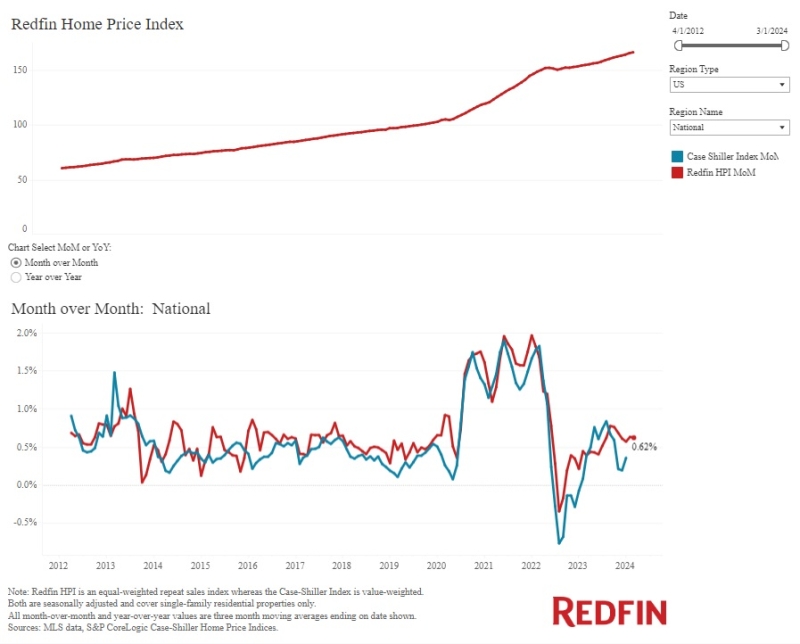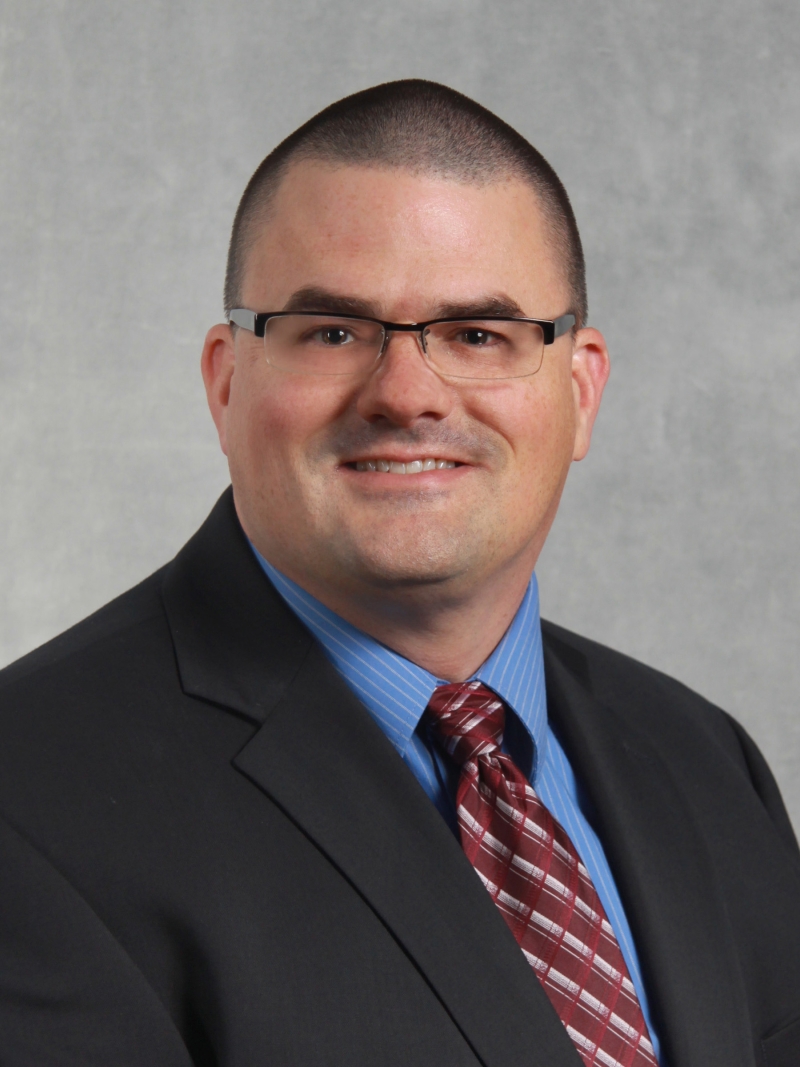Advertisement
FIT for Reverse Mortgage Lenders: Part V ... Holes in the Safety Net

Sen. Fred Thompson’s commercial pushing government-insured reverse mortgages did it for Tom and Bertha Akuna of Lake Matata, Minn.* Tom Akuna, 69, retired two years ago because of chronic back problems from decades of back-breaking odd jobs. Bertha Akuna, 63, is a dedicated homemaker from the old school. The couple has no children and no pets.
During pre-lending counseling, the counselor, Sonia Hudloom, uncovered two gaping holes in the Akunas’ safety net: No life insurance policy and no pension benefits for a surviving spouse.
Although Tom Akuna gets about $900 from Social Security (which covers their basic monthly living expenses) and their home is paid for, the absence of life insurance policies (which the Akunas’ religion forbids) and pension benefits for a surviving spouse means the Akunas need to manage their home equity wisely to support the surviving spouse.
In new the Financial Interview Tool (FIT) process “no life insurance policy and no pension benefits for a surviving spouse,” is risk-factor number two. Along with other risk factors discovered in counseling, it will appear on the FIT summary the Akunas will take to their loan application interview, and their loan officer should find a way to bring up the issue. Here is a sample question:
“Mr. and Mrs. Akuna, the paper from your loan counselor says your home equity is the largest support you both have for retirement, how would you keep it for whoever survives the other?”**
This question should achieve the FIT objective of getting the Akunas and their loan officer to think through and discuss the Akunas’ long-term financial survival. It may help them and their loan officer to come up with the right mix of loan-advance options (a.k.a. payment plans) to conserve their equity, while giving them the means to meet any monthly budgetary shortfall they may have, a need that resonated when they watched the Law & Order actor and former U.S. Sen. Thompson pitching reverse mortgages on TV.
Suppose the Akunas had come to the loan interview with the intention of requesting a lump sum, thinking they can “invest” it for maximum profit. The above question and the ensuing conversation should give the loan officer an opportunity to ask a number of follow-up reality-testing questions with the aim of getting the Akunas to be more careful with their home equity.
It bears repeating that one or two FIT risk factors or “yellow flags” may not be a problem, but a number of them could be a red flag.
A Fred Thompson commercial may have motivated the Akunas to consider a reverse mortgage, but a FIT question could help them and their loan officer think through and discuss the holes in their retirement safety net.
*Tom and Bertha Akuna, as well as Lake Matata, Minnesota, are fictional.
**Please give me your feedback (e-mail me at [email protected]) on the strengths and weaknesses of this question, as well as your suggestions for improvement.
Atare E. Agbamu is author of Think Reverse! and more than 140 articles on reverse mortgages. Since 2002, he writes the nationally-distributed column, “Forward on Reverse.” A former director of reverse mortgages at Minneapolis-based AdvisorNet Mortgage LLC, Agbamu has years of hands-on experience marketing and originating reverse mortgages. Through his advisory, ThinkReverse LLC, Agbamu advises financial professionals, institutions and regulators across the country. In a 2007 national report on reverse mortgages, AARP cited Agbamu’s work. He can be reached by phone at (612) 203-9434 and e-mail at [email protected].
About the author





